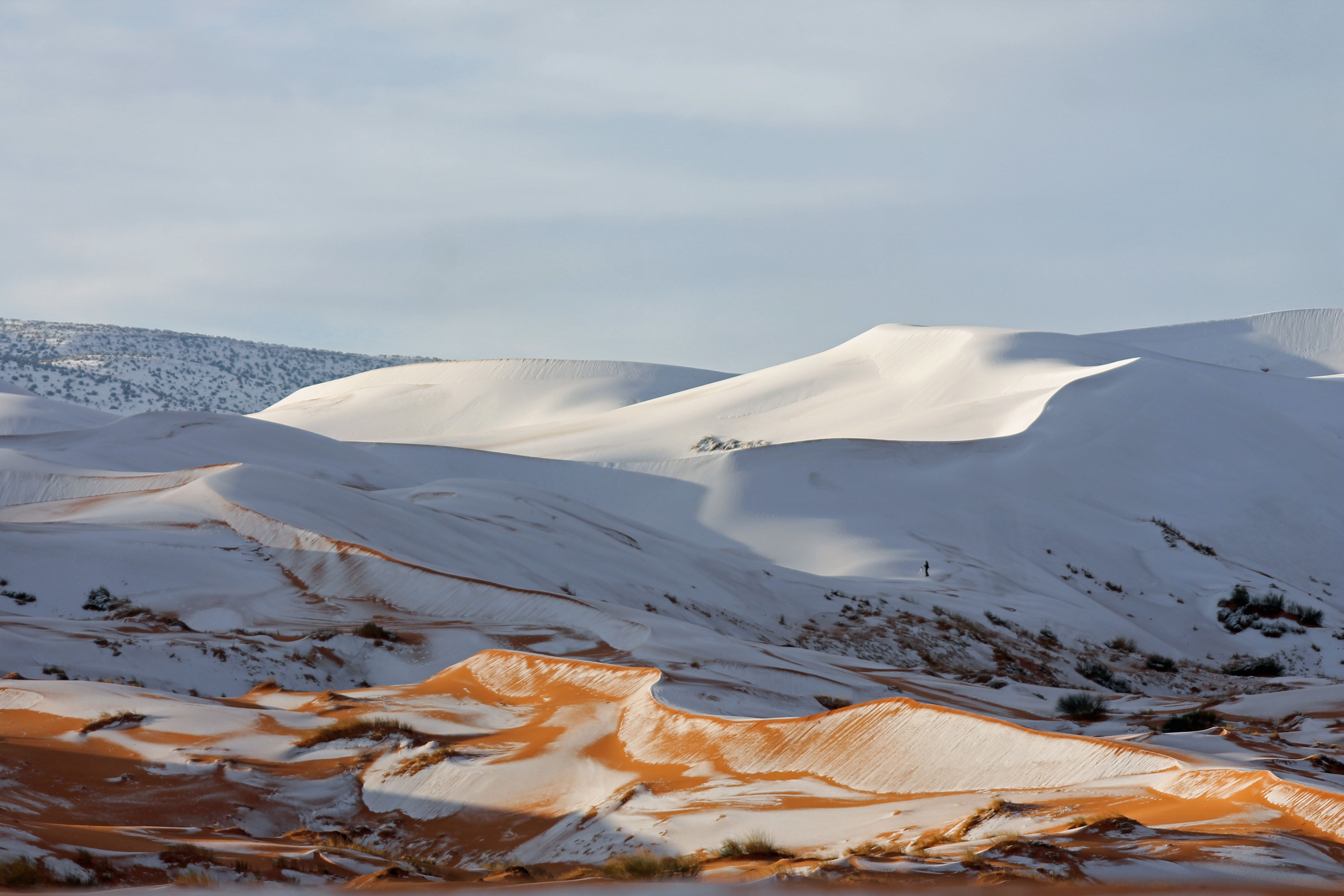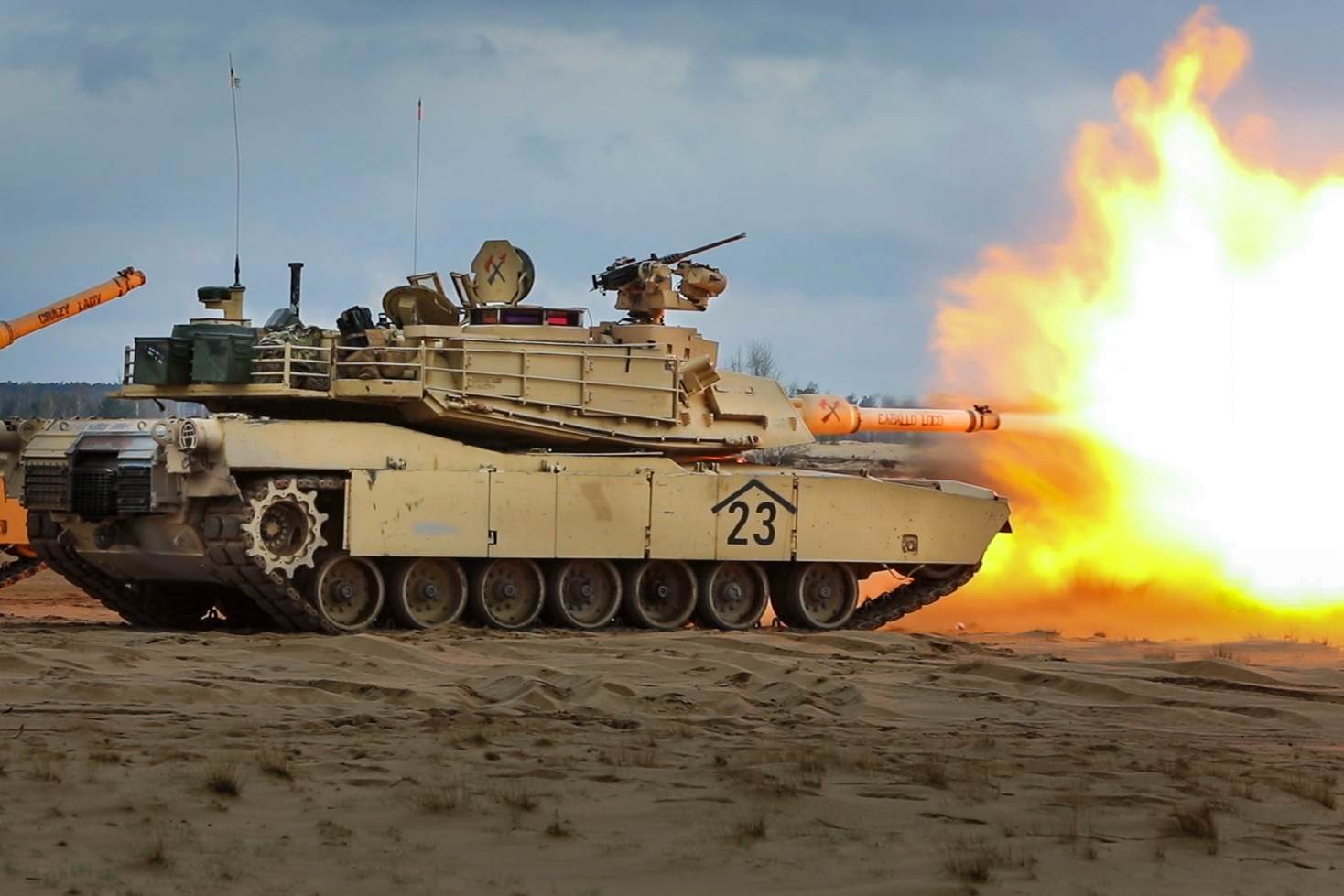Canada Confronts Challenges in Defence Policy
Russia’s full-scale invasion of Ukraine further increased Canada’s support for Ukraine, which was already strong before the war. Despite previous resistance, Prime Minister Justin Trudeau decided to increase the defence budget and make new investments in military capabilities. However, the scale of challenges concerning technical modernisation of the Canadian Armed Forces means that strengthening the military presence in Europe will not be a priority for Canada. The country’s role in further strengthening the Eastern Flank, in accordance with decisions reached at the NATO Summit in Madrid, will likely be limited.
 ADAM SCOTTI/PMO/ Reuters/ FORUM
ADAM SCOTTI/PMO/ Reuters/ FORUM
Since Russia’s 24 February attack on Ukraine, Canada fundamentally increased the scale of its support for Ukraine and it currently ranks ninth in the world (aid to date totals 0.19% of GDP). Canada’s declared aim is helping Ukraine repulse the Russia aggression and maintain its independence. Trudeau also definitively backs Ukraine’s aspirations for membership in the European Union and announced it would work with partners to introduce necessary reforms for its closer integration with the EU. Canada also transfers arms to Ukraine—in April 2022, it allotted CAD 500 million for this. The latest tranche announced in June 2022 includes replacement barrels for M777 howitzers and 39 light armoured vehicles (LAV). A training programme for Ukrainian soldiers, suspended in February 2022, will resume on UK territory (Operation Unifier conducted by 90 Canadian instructors). These decisions confirm Canada’s ambition to play a decisive role in maintaining Europe’s security. Maintaining the Canadian position in NATO considering the new strategic situation demands, however, increased expenditures of the Canadian Armed Forces (CAF), which for years have been neglected. This was presented in Trudeau and the Liberal Party’s long-term defence strategy (“Strong, Secure, Engaged”) from 2017 and its realisation has been expedited over the past several months.
Strengthening Canada’s Military Potential
Due to its geographic location, Canada traditionally has a strong air force and navy. The air force has 430 planes, of which the most valuable in combat are the multirole CF-18 (80) and F/A-18 “Hornets” (18), in service since 1983. The navy has at its disposal 12 large frigates, Victoria class submarines (since 1998), 12 coastal patrol vessels, and 1 Arctic ship. The army consists of three combat-ready mechanised brigades that use German-made Leopard 2 tanks, both in the older A4M (62) and newer A6M (20) versions, along with Canadian-produced LAVs, among others. The Canadian military lacks advanced weapons capabilities, especially anti-air and missile defence systems.
In April 2022, Canada increased its defence budget by CAD 8 million annually for the years 2022-2027 (in 2021, the budget totalled CAD 24.3 billion or €18.6 billion). This signals an increase in defence spending in relation to GDP from 1.3% to 1.5% over five years. Some of the additional resources (about CAD 3 billion annually) will be directed for purchasing 88 F-35 jets (total value CAD 19 billion). The largest investment is modernising the North American air space defence system (NORAD), which is key to warning of continental attacks by ballistic missiles, including hypersonic technology. The total cost of the project is CAD 40 billion over 20 years (of which CAD 4.9 billion was allocated for the years 2022-2028). The new radar system will broaden its scope of monitoring to include maritime approaches to North America in the Atlantic and Pacific oceans (earlier, this was limited strictly to the Arctic). Trudeau presents the NORAD investment as a key element for defending NATO’s Northern Flank.
Further plans by the Liberals to strengthen the armed forces focus on the navy. A second Arctic patrol vessel was put into service in July 2021, while the construction of subsequent ones began in 2021 and 2022, respectively. One priority is replacing the obsolete submarines. Plans also include purchasing AEGIS systems with the goal of increasing the anti-air and missile defence capabilities of existing frigates. On the other hand, the production of two heavy icebreakers by 2030 will be key for the Coast Guard to realise situational monitoring assignments and maintain Canada’s sovereignty in Arctic waters year round (regardless of the season). The army expects to purchase 60 armoured vehicles and expand the special forces (Rangers) to 7,000 (currently 5000), among other things. The process for purchasing a new land-based anti-air and missile defence system estimated at CAD 1 billion was also initiated.
An obstacle to further increasing defence spending is a lack of definitive public support. Polling data from April 2022 shows that 45% of Canadians believe that defence expenditures are enough, 34% would like them to increase, and 18% to decrease. The reputation of the Canadian Armed Forces was tarnished over the past several years, largely because of scandals concerning misconduct toward female CAF soldiers and ongoing investigations. The small number of women, immigrants, and indigenous Canadians in the CAF officer corps negatively impacts the recruitment of new soldiers to active duty service, which in turn delays the plans to increase CAF personnel to 71,500 active troops and 30,000 reserves as planned in the 2017 strategy.
Involvement in NATO
Canada withdrew its land forces from Europe after the Cold War. In 2016, as part of the process to strengthen defence and deterrence along NATO’s Eastern Flank, Canada decided to be a framework country for the multinational battlegroup in Latvia. This confirmed Canada’s engagement in the collective defence of Europe and deterrence of Russia. Stationed in Latvia are a mechanised infantry company along with technical service and supply companies (some 570 soldiers in 2021). In March 2022, Trudeau increased this contingent by an additional 460 troops. On the sidelines of the NATO Summit in June 2022, Canada and Latvia’s defence ministers signed a declaration renewing indefinitely Canada’s mission in the group. They also announced raising it to the level of a brigade (3,000-5,000 troops). In June 2022 as part of the allied Operation Reassurance the frigates Kingston and Summerside were dispatched for four-month-long training exercises in the Baltic Sea and Atlantic Ocean. Canada was the first member state to ratify Finland and Sweden’s accession to NATO.
Canada is open to possibly increasing closer cooperation with NATO in the Arctic, something that until recently it avoided largely out of concerns that it will undermine its sovereignty and maritime claims in the High North (partners like the U.S., the UK, and Germany question Canada’s position toward the Northwest Passage as an internal waterway). Rising Chinese and Russian activity in the region means that Canada seeks more involvement from NATO, primarily in situational monitoring. On 25 August, the NATO Secretary General visited northern Canada for the first time. Trudeau also pursues establishing a NATO Centre of Excellence on climate and security in Montreal, which would analyse the effects of climate change on security in the Arctic, confirming Canada’s readiness to commit toward the Alliance’s northern security.
Conclusions and Perspectives
Canada will not reach the 2% GDP level for defence spending either in the short or medium terms, regardless of whether Trudeau’s Liberals continue to govern or the Conservative Party takes over (the next scheduled federal elections are in 2025). The priority will remain capabilities to maintain Arctic sovereignty, of which is the very costly NORAD modernisation programme and investments in the navy. This means that Canada’s potential to significantly increase its military commitments in Europe should is doubtful. This especially applies to decisions adopted at the Madrid NATO Summit about strengthening defence and deterrence on the Eastern Flank and building a new pool of forces (NATO New Force Model, NFM) to meet Alliance needs. Although Trudeau announced that the CAF presence in Latvia will increase, Canada will likely expect from the remaining group partners (including Poland) a much larger role in expanding this allied tactical unit to the level of a brigade. It is also unclear how many troops and what financial resources Canada will be able to contribute to the NFM.
It is important for Poland to continue military cooperation with Canada bilaterally and within the Alliance. Poland can especially utilise Canada’s increased presence in Latvia to conduct joint exercises, while supporting the idea of creating the NATO Centre of Excellence for climate and security in Canada. One area of operation might be analysing Russian regional activity in the Arctic, which will be significant because of Russia’s capabilities to escalate tensions during any potential crisis with NATO.





